The CMP Review — Week of June 2
June 2, 2025
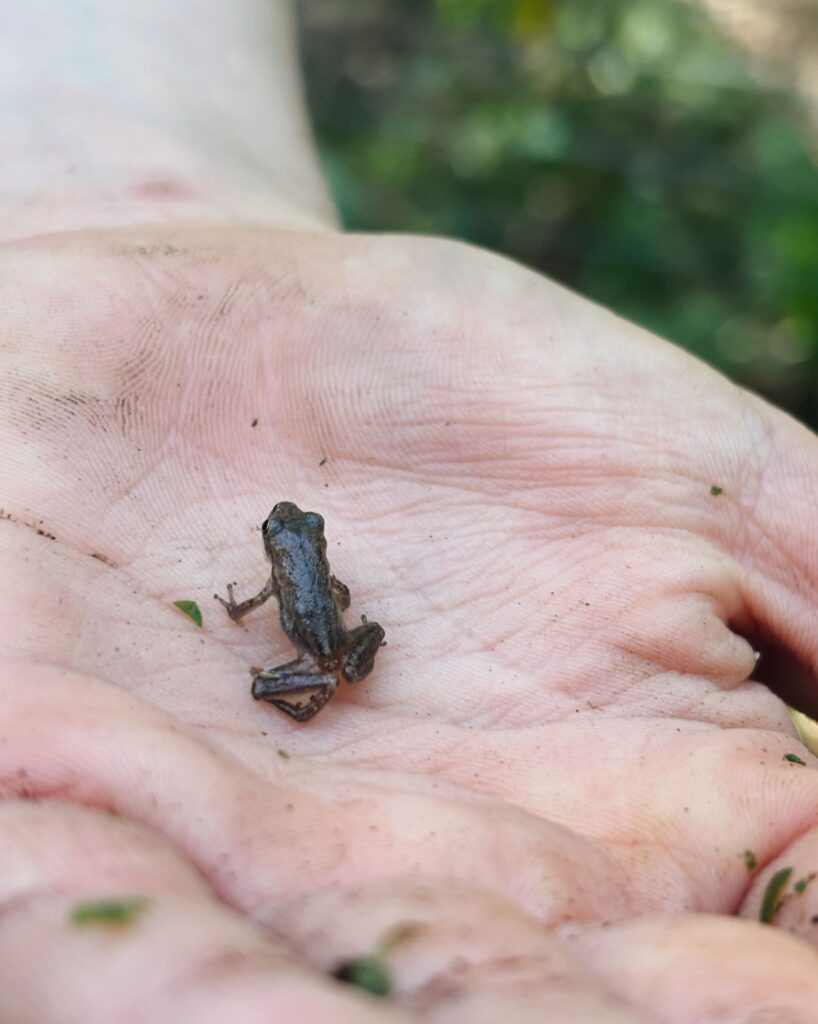
“To notice and wonder and assure ourselves of facts from our own observations is our chief necessity in the study of Nature. It does not much matter how long our questions remain unanswered, if the answers come to us at last at first hand; because the joy of discovery is greater than the mere satisfaction of knowing how to explain anything and everything. If we try to do that for our pupils, we shall only weary them. We must learn with them, and our attitude towards the marvels of the world we live in might well be that of the poet Tennyson, whose poems tell of his close observation of Nature. When found by a friend contemplating a little muddy pool by the hedgerow, overgrown with duckweed, Tennyson, ‘turned a face, dim with rapt and serious contemplation upon him, saying in a deep tone, “What an imagination God Almighty has!” This exclamation was drawn from him by the sight of the little pool, with its myriad and dainty forms of infusorial life and beauty, all fresh from the mind of God.’” (A. C. Drury, Nature Study, PR24)
@tessakeath
June 3, 2025
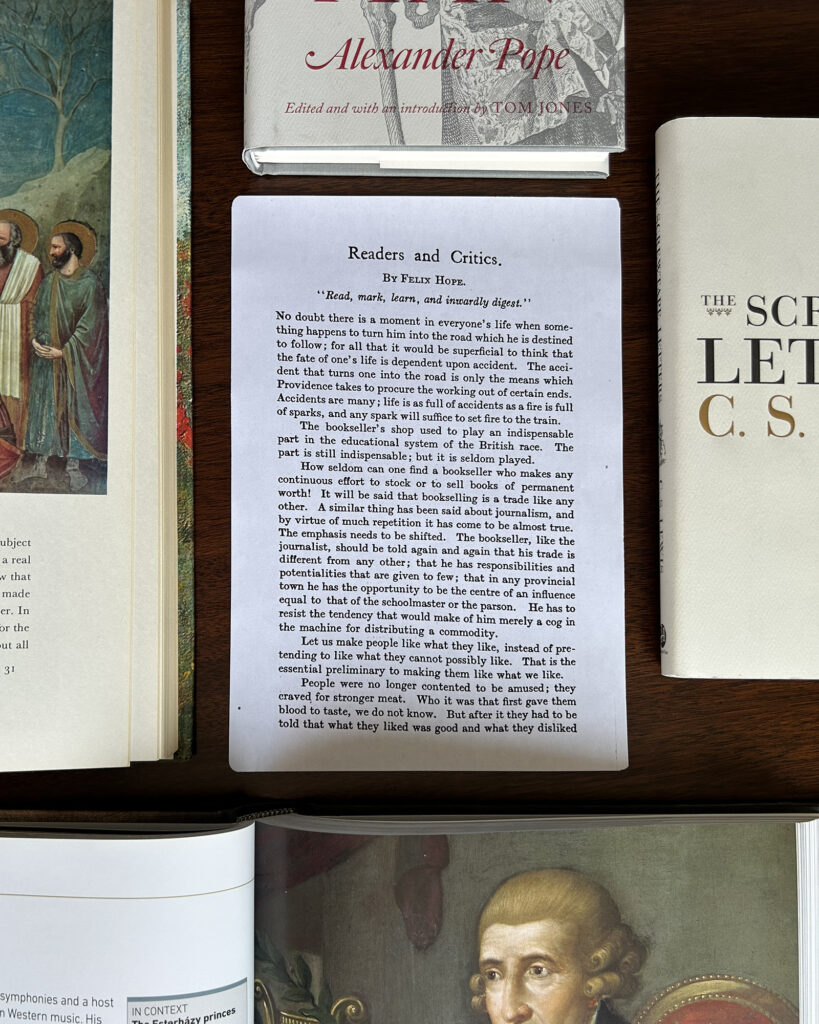
C. S. Lewis, in the voice of Screwtape, masterfully explains an approach to literature that has characterized the “intellectual climate” of the West:
The Historical Point of View, put briefly, means that when a learned man is presented with any statement in an ancient author, the one question he never asks is whether it is true. He asks who influenced the ancient writer, and how far the statement is consistent with what he said in other books, and what phase in the writer’s development, or in the general history of thought, it illustrates, and how it affected later writers… To regard the ancient writer as a possible source of knowledge—to anticipate that what he said could possibly modify your thoughts or your behaviour—this would be rejected as unutterably simple-minded.
The “Historical Point of View” was resisted by Charlotte Mason and her PNEU, who believed that persons of all ages can access truth from authors and artists “mind to mind.”
In 1924, the editor of The Parents’ Review enlisted a skilled and clever writer name Felix Hope who took aim at the “Historical Point of View.” His article preceded Screwtape, of course, but it would have given him a shiver.
Do you think you know how to appreciate Giotto, listen to Haydn, and study Alexander Pope? Take a moment to read or hear Felix Hope’s incisive piece and let him reopen your heart to art. Find it here.
@artmiddlekauff
June 4, 2025
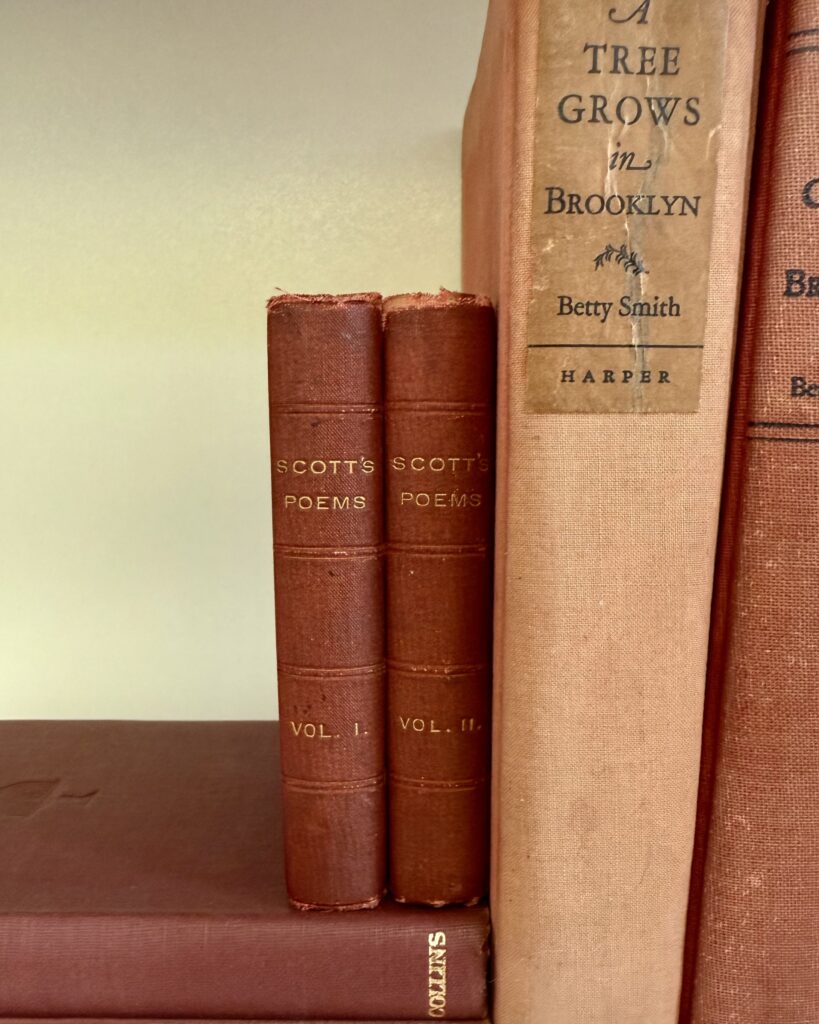
Are you a fan of Sir Walter Scott? We read Ivanhoe & Waverly in school and they’re great novels, but it’s his narrative poetry that has my heart.
It’s hard to believe that all his poetry could be contained in these tiny 2.5 x 4″ volumes.
Lady of the Lake is my favorite. Though the story and character portraiture are amazing, it’s Scott’s description of nature that keeps me coming back.
@rbaburina
June 5, 2025

On Sunday a baby shower was held for my daughter who is expecting her first child later this month. It is an exciting time as we wait for the new arrival and I anticipate becoming a grandfather.
At the shower, the centerpiece of each table was a small stack of books crowned with a flower. The top book in almost every stack was one of Charlotte Mason’s volumes, one of the “pinks” that have played such a huge role in my family’s life.
I have spoken and written about Mason’s method for about 20 years. I have advocated it, explained it, and defended it in every way I know how. But there is a case for Charlotte Mason more eloquent than anything I have ever been able to put into words.
From day one we raised and taught our daughter to the best of our ability according to Miss Mason’s ideas. Now that she is grown and ready to be a mother, one thing she knows for sure. She is reading the pink volumes so she can educate her child the Charlotte Mason way. How many of us can say that we want to teach our children the way we were taught?
My daughter knows we chose Charlotte Mason for the children’s sake. That’s why she’s making the same choice.
@artmiddlekauff
June 6, 2025
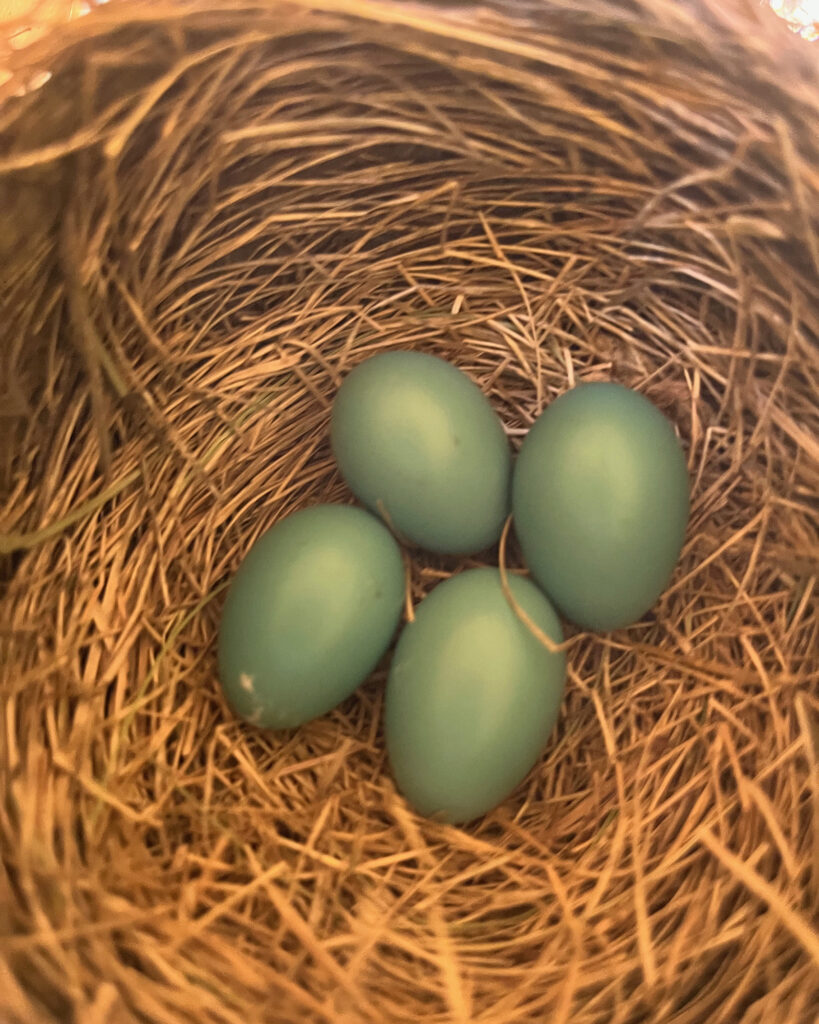
A mama robin has built her nest under our deck!
We try not to startle her or get in her way as she spends her day coming back and forth, lovingly brooding over them.
I carefully snuck this photo while she was away, getting food for herself.
Aren’t they just so amazing?!?!
@antonella.f.greco
June 7, 2025

Share a book that might surprise people to know you have in your collection.
Mine’s the Watercolor Impressions of Nausicaä from anime director Hayao Miyazaki.
@rbaburina
June 8, 2025
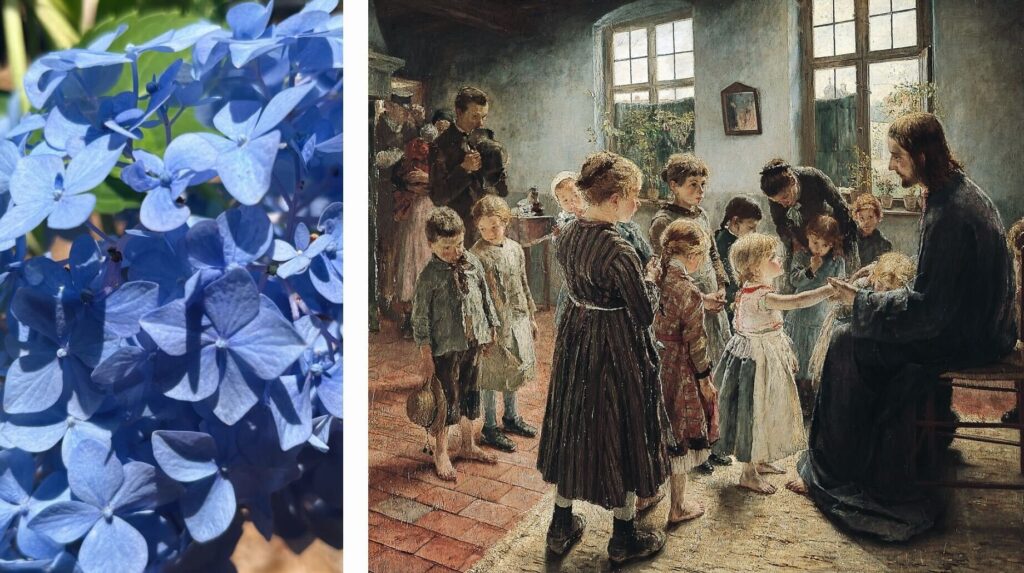
Fritz von Uhde was a German painter who lived from 1848 to 1911. He lived during the time when impressionists were changing the world of art, and he shared in certain aspects of the movement. What is most striking about his art to me, however, is not so much that he painted out of doors or that he experimented with color, but that he portrayed Christ with us.
For example in his 1885 painting Grace, a “lower class family … in the midst of praying, ‘Come, dear Jesus, be our guest’, are greeted by the appearance of Jesus in their humble parlor.” Similarly, in his The Sermon on the Mount, Christ addresses a crowd of 19th century harvesters. My favorite is his Suffer Little Children to Come Unto Me.”
Charlotte Mason read in the Gospel of Luke how Jesus lamented over Jerusalem. Her poetic art then followed a similar path to the visual art of Fritz von Uhde. Mason imagined what would happen if Jesus visited “our city.” Would He admire all the churches and beautiful things, or grieve for the neglected poor? Read or hear Mason’s challenging and touching poem here.
@artmiddlekauff
🖼️: Suffer the Little Children to Come Unto Me by Fritz von Uhde